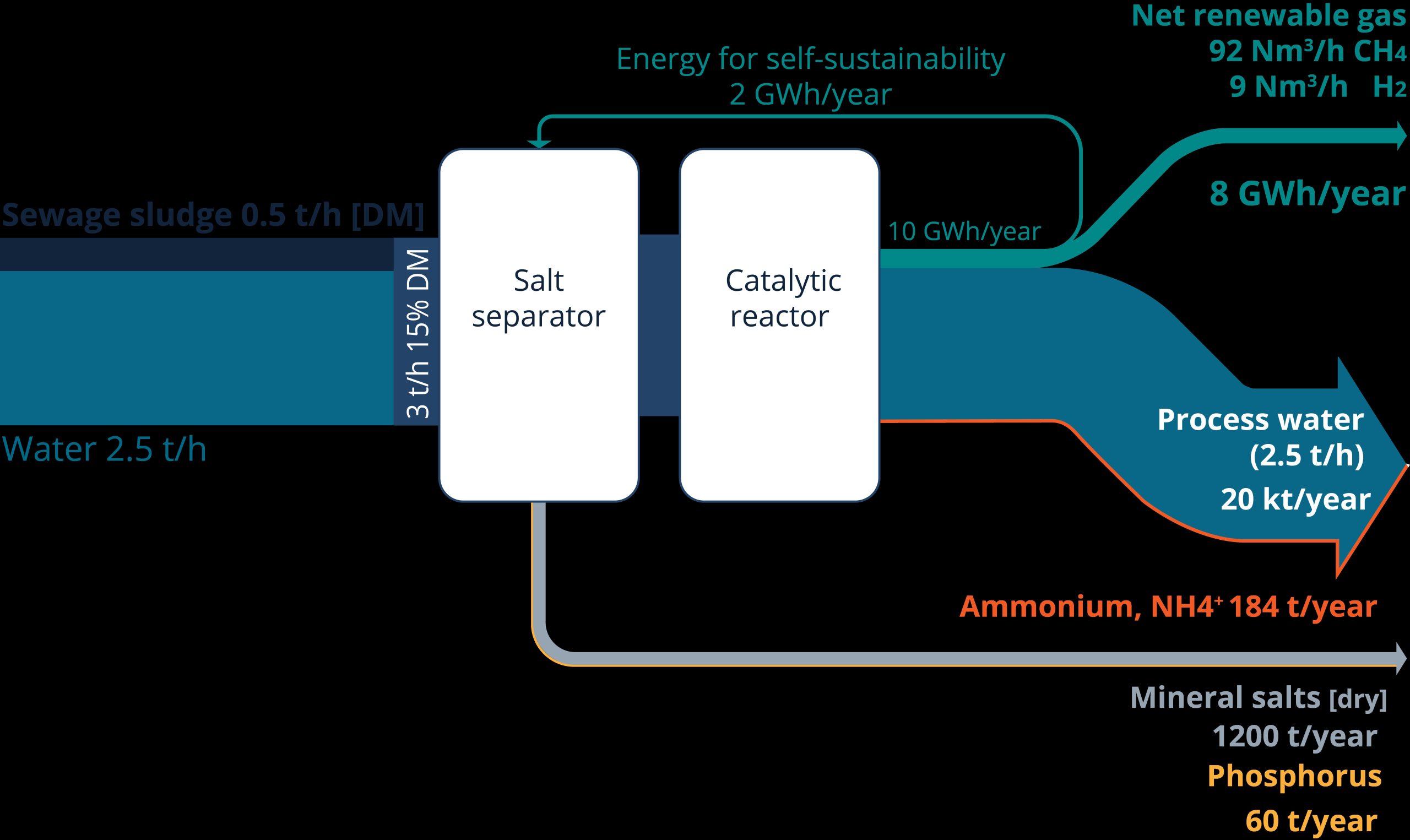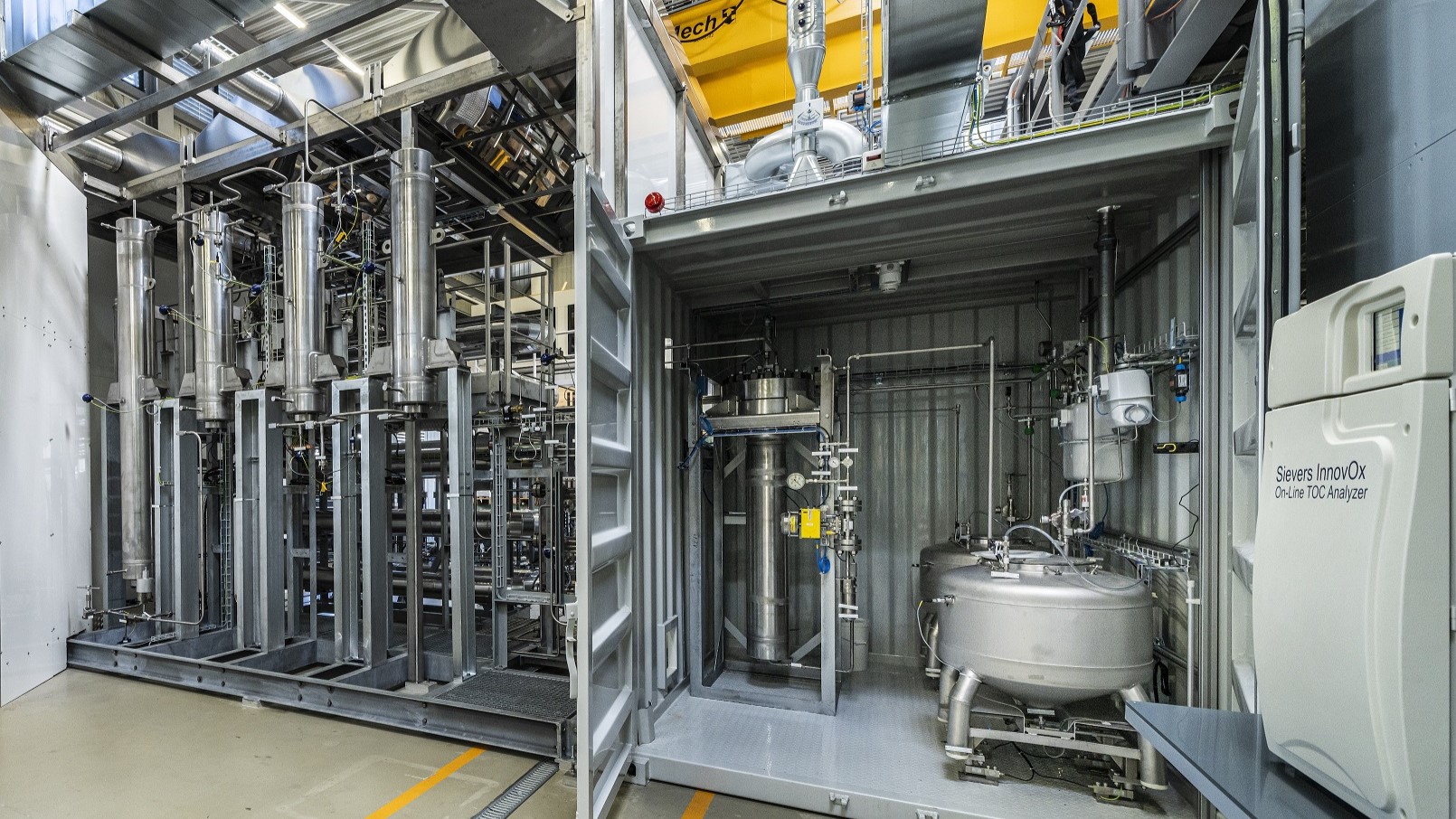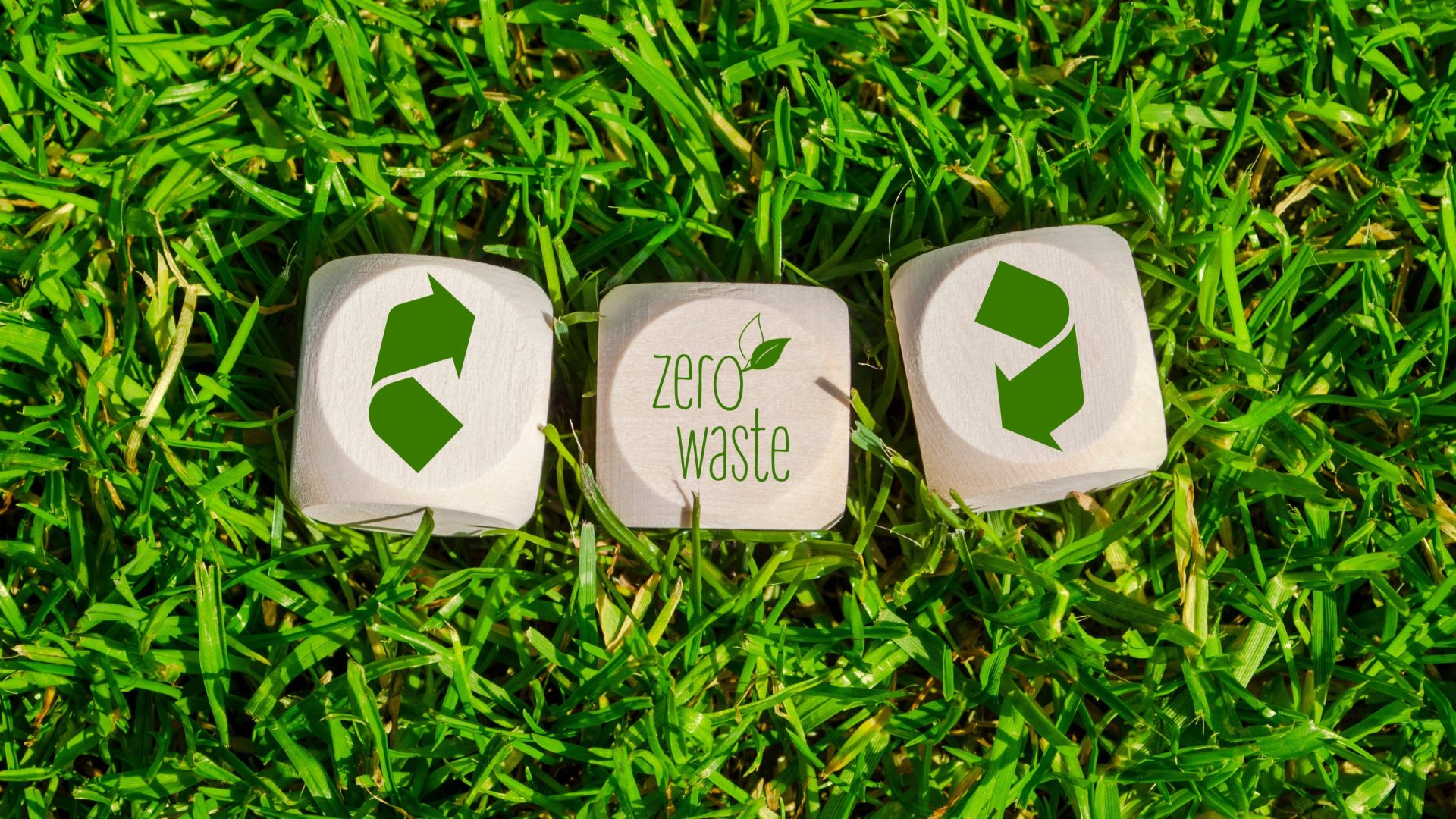
Today, sludge waste and wastewater are often seen as sources of contamination that need to be disposed of instead of valuable and sustainable resources. Sludge waste in particular contains an untapped reserve of valuable minerals that can be used as fertiliser; methane-rich renewable gas which can be used as a source of energy; and, of course, plenty of water which is a resource growing ever-more precious in our changing climate.
Last year, a market study forecasted that the wastewater treatment service market will grow by $22.6 billion between 2022 to 2027. The report also suggested that environmental regulations, industrialisation, and the growing demand for reclaimed water will be the key factors in the industry’s growth.
The imperative of the circular economy
Most of society treats sludge waste in a linear system, one that ends with incineration as it is an effective way to eliminate viruses, bacteria and micropollutants from the waste. However, this is damaging to our planet and expensive. Firstly, the water-heavy sludge must be transported from a treatment site to an incineration facility before it is burnt with other waste streams. This releases considerable amounts of CO2 into the atmosphere and eliminates the chance of recovering any valuable resources within the sludge.
This process also means that any energy generated from the heat of the incineration process cannot be stored plus the process wastes large volumes of water by using systems that do not recover the clean steam outputs.
Our current systems do not tap into the value that our sludge waste has to offer, and we are stuck with inefficient solutions instead of utilising a valuable proposition. So how do we improve a wasteful waste system?
The solution to waste management
It starts with treating sludge as a circular economy asset, and the work TreaTech has been doing is dedicated to developing and scaling a solution that achieves this goal.
Its compact and modular catalytic hydrothermal gasification technology provides an on-site waste treatment solution that eliminates toxins, pollutants and CO2 released into the atmosphere when sludge is incinerated. The technology also reduces the carbon footprint of the treatment process by removing the need to transport heavy amounts of waste to treatment facilities.
Plus, the technology removes the risk of soil or water contamination through run off by treating the waste in a contained, circular solution. As a result, TreaTech’s waste treatment solution is able to extract valuable minerals including phosphorous, nitrogen and potassium which can be used as fertilizer.
TreaTech’s technology has been validated by with more than 20 industrial or municipal waste clients in Switzerland and France using both digested and undigested sewage sludge, and when compared with incineration, using the technology emits up to 94% less CO2eq and requires three times less space. Finally, this technology is able to convert more than 90% of organic carbon of any waste product into pollutant-free, methane-rich gas. If it treated 24,000 tons of sludge annually at 15% dry matter it would produce 10 GWh/year of energy in the form of methane. 2GWh/year could be used to power the waste treatment process, and the remaining gas could be injected into the grid network, stored or used to power the customer’s other on-site industrial processes.

Why we need to invest in waste treatment solutions
Linear systems that squander minerals, energy and clean water need to become obsolete in order to develop sustainable waste management solutions, and it starts with companies and governments investing in solutions that recognise the value locked within waste streams.
Water is becoming an ever-more important commodity, and the ability to reclaim it will become one of the most important factors when assessing long-term waste disposal options. Shifting the perception of sludge and wastewater streams from a burden to an opportunity will lead to more sustainable solutions that benefit for our environment, economy, and ultimately, the future of our communities.




